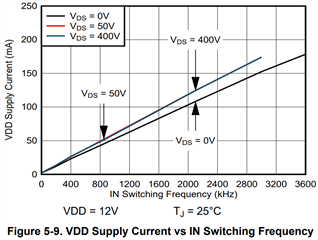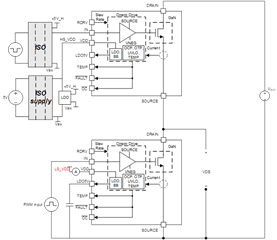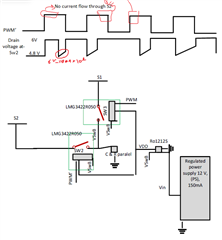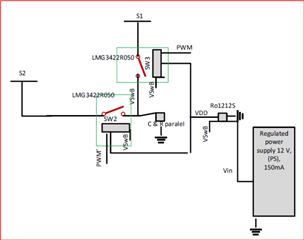Tool/software:
Hi Experts,
Can you help us evaluate this concern from customer using LMG3422R050 in switched-capacitor circuit?
See attached the description of my question in details to this email. This is confidential.
How much current should I consider for the 12V bias of the LMG3422R050 gate driver when using a 12V DC-DC converter to provide it?
Additionally,
Is 12-V bias of LMG depends on the amount of voltage at the drain of GaN devices, S1 and S2? Additionally, I looked at the LMG3422R050 datasheet. There is a curve showing the current consumption of the LMG at different frequencies. For higher frequencies, the current consumption Increases.
For high frequency about 1 MHz, how much current should I consider for VDD-12-V bias voltage?
Thank you for your guidance.
Regards,
Archie A.






